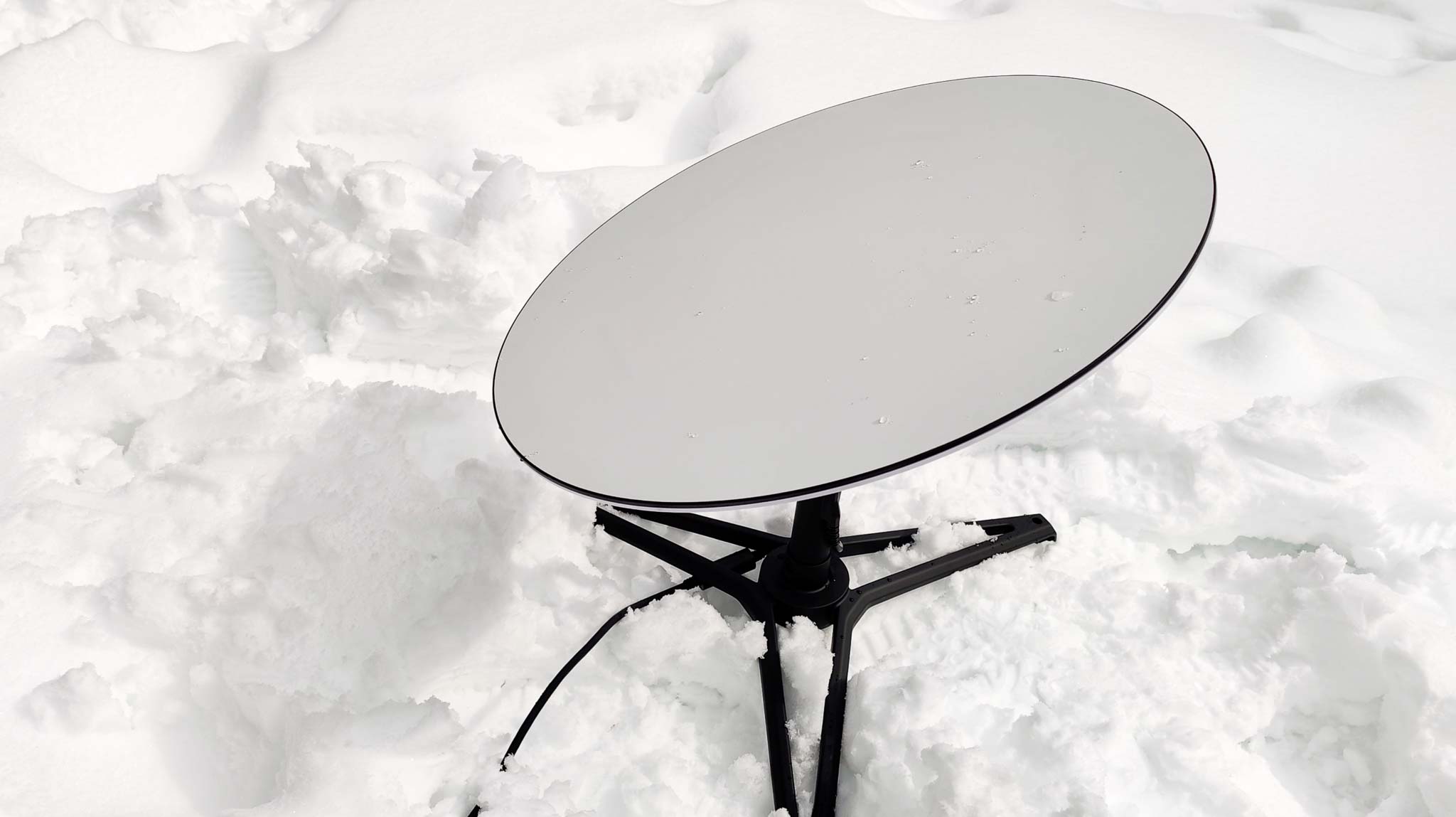SpaceX could be working on a ‘ruggedized’ Starlink dish for cars boats and planes
Starlink in your car? It could happen, according to a new FCC application

An expansion of SpaceX’s Starlink satellite internet network could be coming in the near-future, as the company is seemingly working on a "ruggedized" version of its satellite dish that could be mounted on a variety of vehicles.
That's going by a new filing with the FCC, which hints at a new dish designed to be attached on cars, boats, planes, and for use in harsh environments.
- Starlink: Coverage map, speed, price, and everything you need to know
- Starlink review: Just how good is Elon Musk's satellite internet system?
- Plus: iPhone notch could finally be killed — with this breakthrough
The application was filed on Tuesday (via PCMag), and mentions a "high performance" version of the Starlink dish. While it still relies on SpaceX’s array of Starlink satellites to operate, these new dishes are designed for use in more extreme conditions.
SpaceX filed an application to be able to add Starlink to moving vehicles back in March. The idea was that the service could bring high speed internet to trucks, freighters, and international aircraft.
However, that application relied on “electrically identical” Starlink dishes, albeit with a new mount to connect it to something that moves around a lot more than your home's roof. Further FCC applications have indicated that Starlink is working on a new, smaller version of its standard dish as well.
But this new application is all about upgrading the dishes to continue operating in conditions outside those vehicles. Extreme heat and cold are mentioned, with SpaceX’s application noting the dishes will have “improved snow/ice melt capabilities, and will withstand a greater number of thermal cycles.”
We have heard reports of Starlink dishes shutting down in extreme heat, so this upgrade could be a big benefit to the hardware.
Sign up to get the BEST of Tom's Guide direct to your inbox.
Get instant access to breaking news, the hottest reviews, great deals and helpful tips.
Apparently, that will also include the need for the new dishes to utilize radio frequencies between 12.2GHz and 12.7GHz. Evidently that will let SpaceX offer a high speed, low latency connection to the hardware. And speeds should be solid, even if there's been a slight flattening in recent months.
While a rugged Starlink dish would prove useful for anyone living in any particularly hot or cold regions, it’s the vehicle aspect that is going to be the most interesting part of this. After all planes and boats generally operate out of range of cell phone masts, and their current internet offerings are pretty weak to say the very least.
In fact, Starlink has already confirmed it’s been in talks with airlines to try and install their systems on commercial aircraft. However such a deal would be reliant on FCC approval, which is where these applications all come into play.
If nothing else, work on a rugged dish designed for mobile use will at least mean people don’t need to do some DIY electrical work to hook up their current Starlink dish to their cars.
- More: Everything you need to know about the 5G network rollout

Tom is the Tom's Guide's UK Phones Editor, tackling the latest smartphone news and vocally expressing his opinions about upcoming features or changes. It's long way from his days as editor of Gizmodo UK, when pretty much everything was on the table. He’s usually found trying to squeeze another giant Lego set onto the shelf, draining very large cups of coffee, or complaining about how terrible his Smart TV is.
